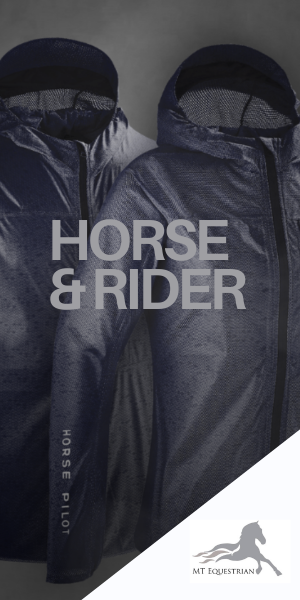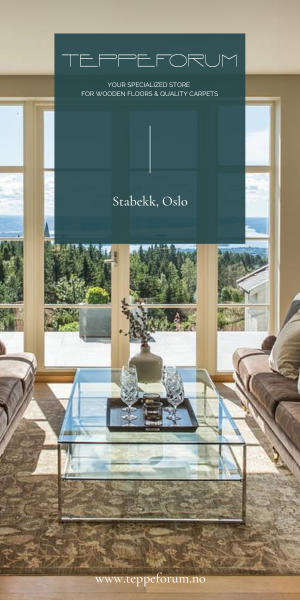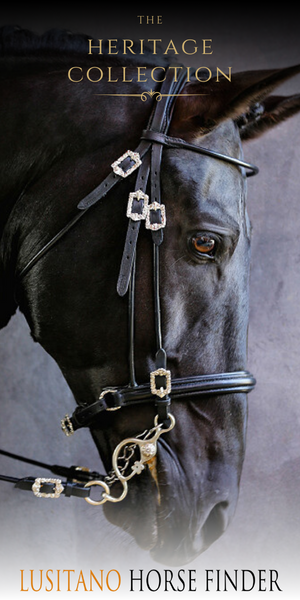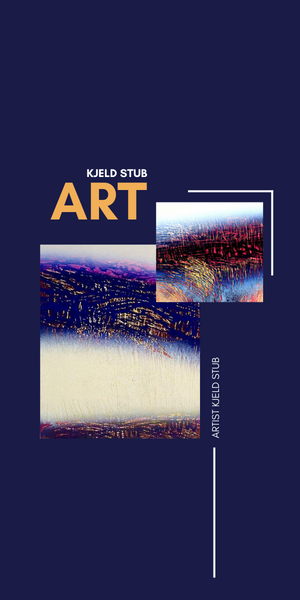Horse and rider take center stage in numerous parts of Andalusian life and culture. EQUILIFE visited one of the bigger country yards to find some equestrian interior inspiration – welcome the world of the cortijos.
By Therese Alhaug & Ane Bjølgerud. Photo Malene Nilssen.
Cortijos may have their origins in ancient Roman villas, for the word is derived from the Latin cohorticulum, a diminutive of cohors, meaning ‘courtyard‘. They are often isolated structures associated with a large family farming or livestock operation in the vast and empty adjoining lands of the Southern half of Spain.

“White washed walls, tiled roofs and high ceilings, lovely interiors and a lush garden. The house at the stable premises of Alcantara Ecuestre is a gorgeous place as well as a study in the equestrian lifestyle of Andalusia.”
In mountain areas, rough stone was often used for wall construction and ashlar for corners, doorways, windows and arches. In ancient cortijos, mud or slaked lime were used as mortar. However, the traditional materials were replaced by cement and brick construction in more recent ones. Usually cortijos were whitewashed. Roofs were built with wooden beam structures and covered with red ceramic roof tiles.[3]

The master of the cortijo or “señorito” would usually live with his family in a two-story building when visiting, while the accessory structures were for the labourers and their families —also known as “cortijeros”.

The cortijo as a habitat is surrounded by cultivated lands, such as olive trees or other kind of agricultural exploitation. In certain desolate areas of the southern Central Meseta, Extremadura and Sierra Morena, a cortijo would be the only inhabited center for many miles around. Thus, most of them were self-sufficient units, as far as that was possible.

“Many cortijos became deserted following General Franco‘s Plan de Estabilización and the abandonment of traditional agricultural practices by the local youth, including the lifestyle changes that swept over rural Spain during the second half of the 20th century.”
Horses of Andalucia
In general, horsemanship runs deep in the whole of Southern Spain with horses being celebrated in schools, fairs, festivals, and stud farms.
The riding traditions stem from cattle work, farming, war and transportation. Most famously, Andalusia is the origin of one of the most famous breeds in the world, the breed of the Spanish horse, the Andalusian known for its beauty, responsiveness and intelligence.
The traditional disciplines of classical and country dressage (doma vaquera) has dominated the horse scene. However, today, the horse culture of Andalusia is in a phase of renewal with increased popularity for new breeds, sport riding and international events such as the yearly five week long Sunshine Tour in the Cadiz province.
The main centres for horses in Andalusia are still Seville, Cordoba and Jerez. Jerez de la Frontera is one of the centres for breeding with the current stud farm for the Carthusians, La Yeguada del Hierro del Bocado, the Spanish military stud farm and other studs of important families. Also, Jerez has one of the haute écoles, of which Cadre Noir in France and The Spanish Riding School in Vienna are the most famous examples. La Real Escuela Andaluza de Arte Ecuestre was founded in 1973 by don Álvaro Domecq Romero, a horse bullfighter. The goal of the school is to maintain and promote classic dressage, countryside dressage (Doma Vaquero) and the horses in Jerez.






